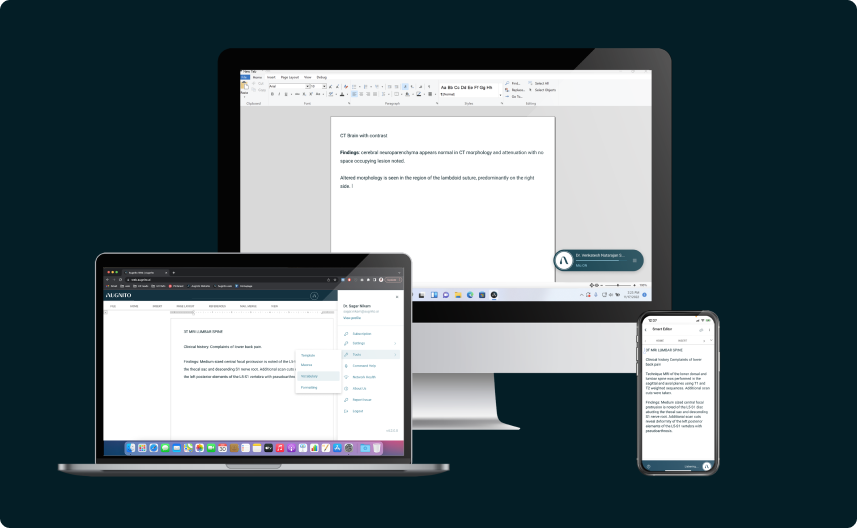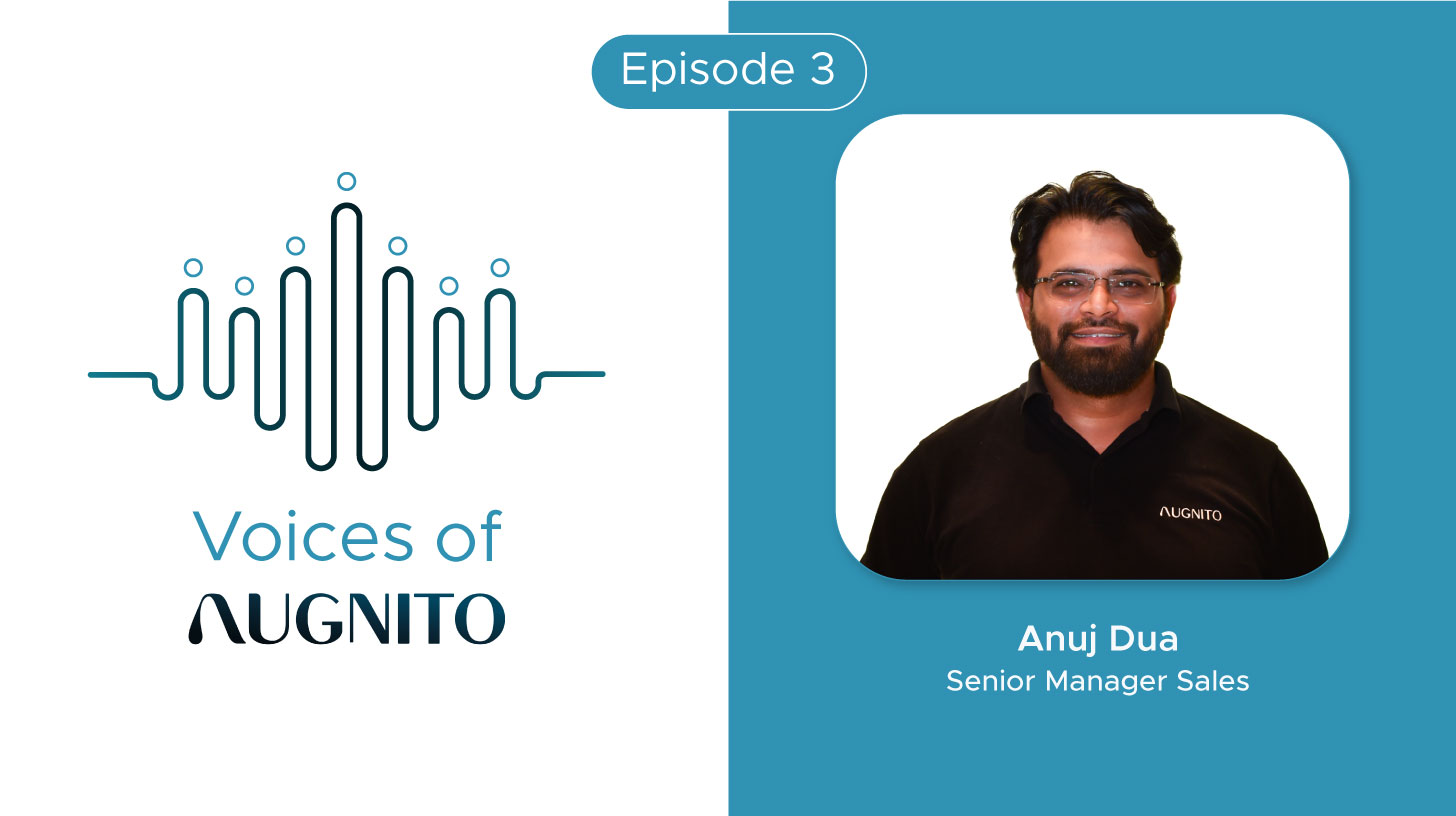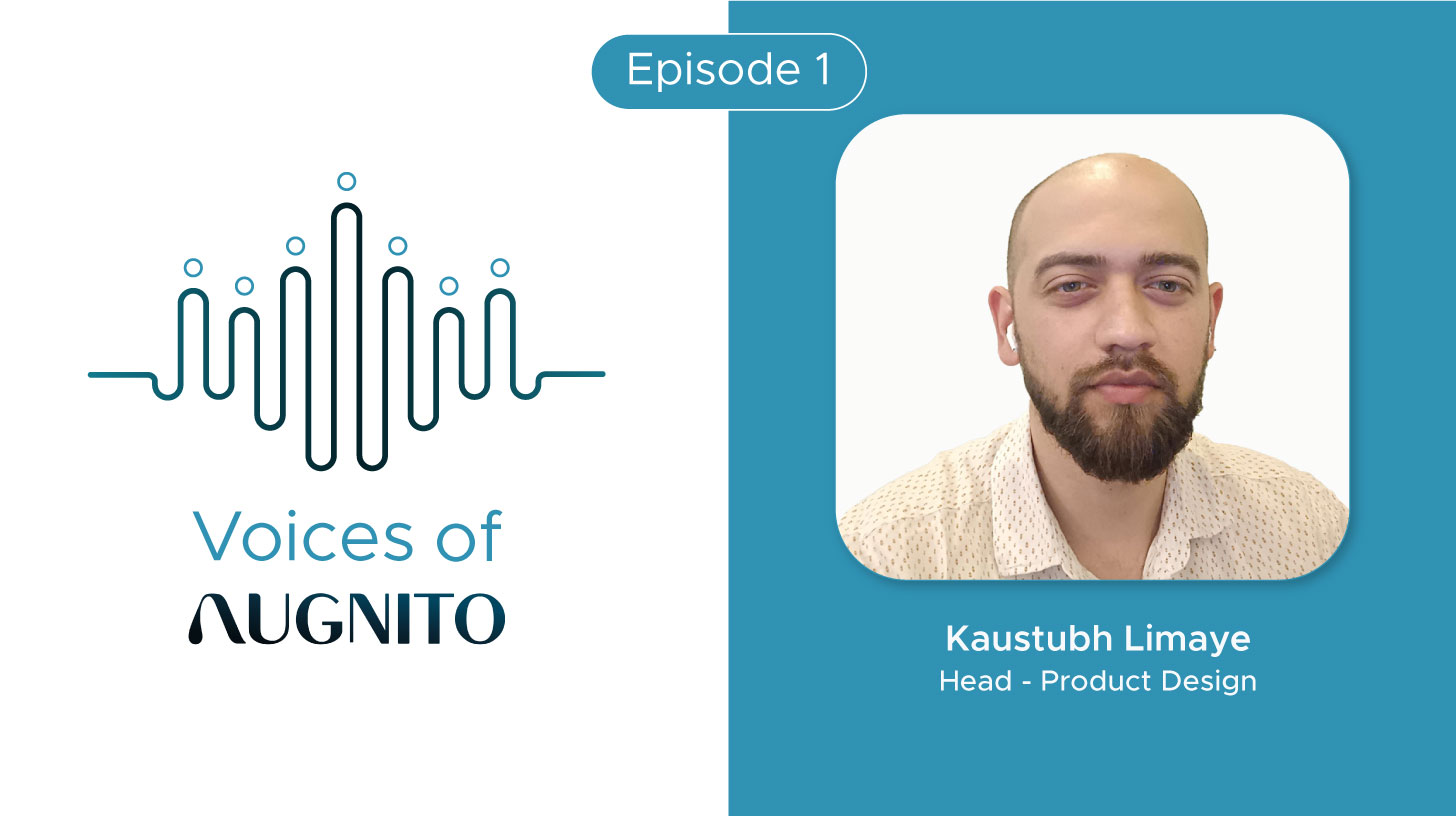Medical dictation software myths have long been circulating in the healthcare industry, leading to confusion and hesitation among medical professionals considering adopting this technology. In this article, we aim to set the record straight by debunking myths about AI medical dictation software and revealing the truths behind common misconceptions of AI dictation. By fact-checking AI dictation capabilities and limitations, we will provide a clear understanding of how this technology can benefit healthcare providers and organizations. We will also explore the cost benefits of using AI dictation in medical practices, the impressive ROI of AI medical dictation systems, and the significant economic impact of adopting AI dictation technology in hospitals. Join us as we separate fact from fiction and uncover the real potential of medical dictation software in revolutionizing healthcare documentation processes.
Myth #1: Medical dictation software is too expensive and not cost-effective.
Fact: While there are upfront costs associated with implementing medical dictation technology, it typically delivers a strong return on investment (ROI) by reducing transcription costs, increasing physician productivity, and improving documentation efficiency. Many solutions offer affordable subscription-based pricing models, making the technology accessible to practices of any size. The cost-effectiveness of medical dictation software is evident in the long-term financial benefits it provides, as it streamlines clinical workflows and optimizes resource utilization. Studies have consistently shown the ROI of medical dictation software for healthcare providers, demonstrating its value as a sound financial investment for organizations of all sizes.
Myth #2: Medical dictation tools will replace the need for human transcriptionists.
Fact: Although dictation software can automate much of the transcription process, human transcriptionists still play a vital role in quality assurance and handling complex cases. The technology is designed to complement, rather than replace, the expertise of human transcriptionists. Quality assurance in AI-based medical transcription is crucial to ensure accuracy and maintain the highest standards of patient care. While advanced dictation solutions can handle poor audio quality and background noise to a certain extent, human oversight in medical dictation processes remains essential for catching errors, understanding context, and dealing with challenging audio recordings.
Myth #3: Medical speech recognition is a nice-to-have, not a must-have technology for healthcare organizations.
Fact: With increasing documentation demands, a focus on clinician burnout prevention, and the need for efficient, accurate clinical data, dictation software is becoming a strategic necessity for healthcare organizations of all sizes. The technology streamlines clinical workflows, improves documentation quality, and allows physicians to spend more time with patients. Advanced dictation solutions ensure high accuracy of speech recognition in noisy environments, enabling healthcare professionals to capture patient information effectively, even in bustling clinical settings. Moreover, the cost-effectiveness of medical dictation software makes it an attractive investment for healthcare organizations, as it delivers significant time and cost savings, ultimately improving the bottom line
Myth #4: A medical dictation software cannot handle background noise or poor audio quality.
Fact: Advanced dictation solutions are designed to filter out background noise and transcribe speech accurately, even in less-than-ideal audio conditions. These solutions employ sophisticated noise cancellation, audio enhancement, and speech recognition algorithms to ensure optimal performance in various clinical settings. The dictation software performance with background noise is greatly improved by these advanced technologies, enabling healthcare professionals to dictate effectively in noisy environments such as busy clinics or hospitals. Moreover, the accuracy of speech recognition in noisy environments is further enhanced by continuous learning and adaptation of the dictation software to the user’s voice and specific acoustic conditions.
Myth #5: Physicians may experience a steep learning curve when adopting medical speech recognition technology.
Fact: Most dictation software solutions are intuitive and user-friendly, with many physicians finding the transition to be smooth and straightforward. These solutions often feature easy-to-navigate interfaces, simple command structures, and minimal training requirements, allowing healthcare providers to quickly adapt to the technology. The ease of learning dictation software for physicians is further enhanced by customizable templates for medical dictation, which enable doctors to create personalized workflows that suit their specific needs and preferences. Moreover, modern dictation software is designed for seamless integration with clinical workflows, ensuring a smooth transition to dictation technology in medicine without disrupting existing processes or requiring extensive retraining.
Myth #6: Medical dictation software requires physicians to change the way they practice medicine.
Fact: Dictation solutions are designed to integrate seamlessly into existing clinical workflows, with customizable templates and voice command adaptation that adapt to each physician’s documentation style and specialty. The technology aims to enhance, rather than disrupt, the way physicians practice medicine. The versatility of medical dictation software applications allows physicians to use the technology for a wide range of tasks, from creating patient notes to generating comprehensive medical reports. Moreover, dictation software can be used for creating comprehensive medical documents such as detailed operative reports, discharge summaries, and consultation notes, further streamlining clinical documentation processes. By using dictation software beyond patient encounters, healthcare providers can leverage the technology for medical research, clinical education, and administrative tasks, demonstrating its adaptability to various aspects of medical practice.
Myth #7: Medical dictation tools cannot handle complex medical terminology.
Fact: Medical dictation software is specifically designed to recognize and accurately transcribe complex medical terminology, including abbreviations, jargon, and specialized vocabulary. These solutions are built with extensive medical lexicons and can be further customized to accommodate subspecialty terminology and user-specific dictation styles. The accuracy of medical dictation for specialized jargon is ensured through domain-specific language models, which enable the software to accurately capture and transcribe even the most technical and esoteric medical terms. Moreover, advanced dictation software and medical abbreviation recognition capabilities allow for the accurate interpretation and expansion of common medical shorthand, ensuring that the final transcription is both precise and complete. With intuitive interfaces and user-friendly features, these solutions also prioritize dictation software usability for older physicians, making it easy for healthcare providers of all ages to effectively transcribe complex medical terminology with dictation software.
Myth #8: Using medical dictation software is not secure or HIPAA-compliant.
Fact: Reputable medical dictation software providers prioritize security features and ensure their solutions are HIPAA-compliant, protecting patient information with dictation technology. These solutions employ data encryption, access controls, secure data transmission, and other security measures to safeguard patient privacy and maintain regulatory compliance. HIPAA compliance in medical dictation solutions is a top priority, with providers implementing strict data protection protocols and regularly auditing their systems to ensure ongoing compliance. Moreover, mobile dictation apps for tech-savvy healthcare providers incorporate advanced security features, such as multi-factor authentication and secure cloud storage, to maintain the confidentiality and integrity of patient data, even when accessed from mobile devices.
Myth #9: Medical dictation software requires extensive training and IT support to implement and maintain.
Fact: Cloud-based dictation solutions minimize IT overhead, while intuitive interfaces and automated workflows make training and adoption straightforward for clinical staff. Many providers offer user-friendly tutorials, online training resources, and ongoing user support to ensure a smooth transition to the technology. Intuitive dictation solutions for all age groups and mobile dictation software for healthcare professionals further simplify the learning process, enabling on-the-go documentation with medical dictation apps. With smartphone and tablet compatibility with dictation software, healthcare providers can easily access and utilize dictation technology from their preferred devices. Streamlining dictation software implementation and ensuring minimal disruption with new dictation technology are key priorities for vendors, who offer quick setup for medical dictation systems and comprehensive support throughout the adoption process. Cloud-based medical dictation software benefits, such as automatic updates, scalability, and reduced IT maintenance, further contribute to the ease of implementation and ongoing management.
Myth #10: Medical dictation software is only compatible with specific electronic health record (EHR) systems.
Fact: Many dictation software solutions are designed to integrate seamlessly with a variety of EHR systems, allowing for easy implementation and compatibility. These solutions often employ EHR-specific templates, connectors, and interoperability standards to ensure smooth data exchange and workflow integration. EHR system integration with dictation software is a key priority for vendors, who strive to offer seamless EHR implementation of dictation tools across a wide range of EHR platforms. Additionally, leading dictation software providers offer multilingual support in medical dictation software and custom dictation solutions for non-English speakers, ensuring that the technology is accessible to healthcare professionals worldwide. With advanced accent recognition in medical dictation technology and compatibility of dictation software with various EHRs, these solutions cater to the diverse needs of healthcare organizations, regardless of their preferred language or EHR system.
Myth #11: AI enabled medical dictation tools are only for large hospitals, not small practices.
Fact: Affordable subscription-based pricing models make enterprise-grade dictation technology accessible to practices of any size. Small medical practices can benefit from the same productivity gains, cost savings, and documentation improvements as larger organizations, without the need for significant upfront investments or IT resources. Dictation software solutions for small medical practices offer scalable, cloud-based deployment options, user-friendly interfaces, and minimal IT requirements, making them ideal for independent physicians and smaller healthcare facilities. Moreover, affordable dictation technology for independent physicians is available through cost-effective pricing plans, pay-as-you-go options, and flexible licensing models, ensuring that practices of all sizes can take advantage of the benefits offered by subscription-based dictation software for cost savings.
Our Take on This
In conclusion, by debunking myths about AI medical dictation software and revealing the truths behind common misconceptions of AI dictation, healthcare providers can make informed decisions about adopting this transformative technology. Through fact-checking AI dictation capabilities and limitations, it becomes clear that these solutions offer significant benefits, such as improved documentation efficiency, increased physician productivity, and enhanced patient care. Moreover, the cost benefits of using AI dictation in medical practices and the impressive ROI of AI medical dictation systems demonstrate the financial viability of this investment. As healthcare organizations recognize the economic impact of adopting AI dictation technology in hospitals, they can confidently embrace this innovative solution to streamline clinical workflows, reduce costs, and ultimately, deliver better patient outcomes.
Don’t let misconceptions hold you back – Sign up for a 7-Day Free Trial Today or Request a Free Demo Now.



